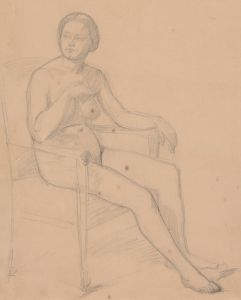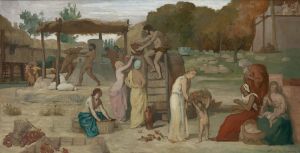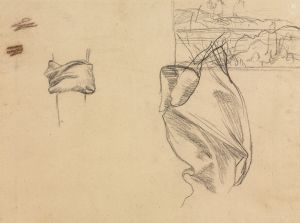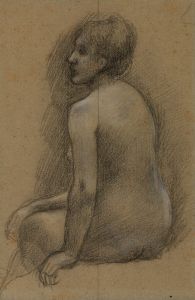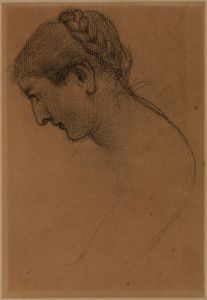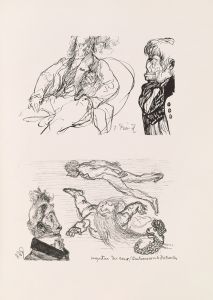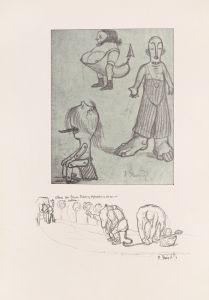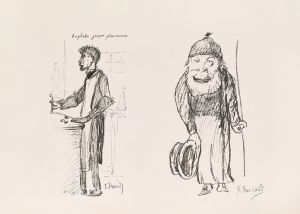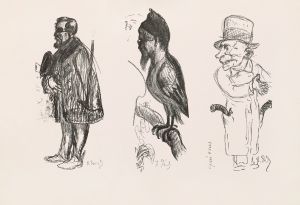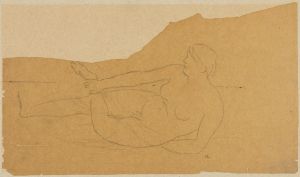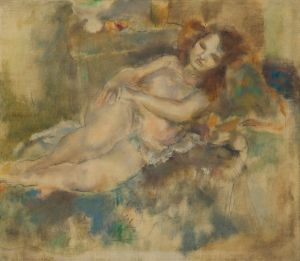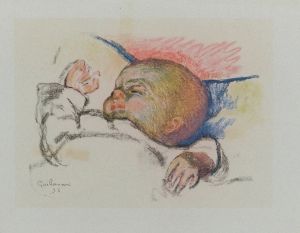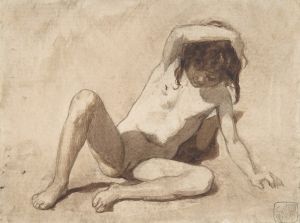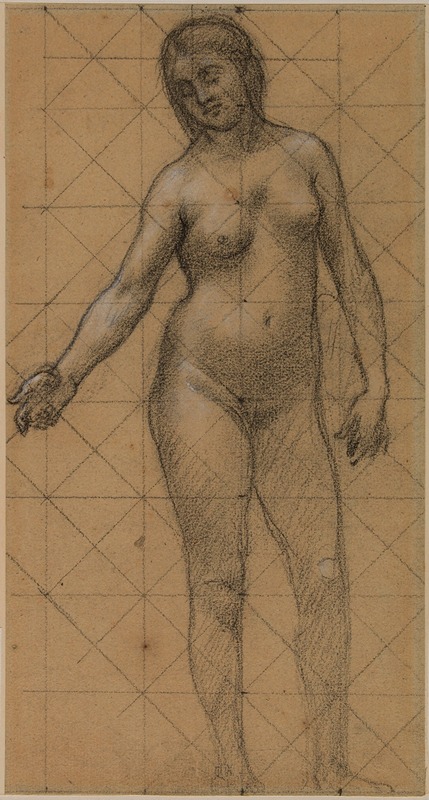
Femme nue de face
A hand-painted replica of Pierre Puvis de Chavannes’s masterpiece Femme nue de face, meticulously crafted by professional artists to capture the true essence of the original. Each piece is created with museum-quality canvas and rare mineral pigments, carefully painted by experienced artists with delicate brushstrokes and rich, layered colors to perfectly recreate the texture of the original artwork. Unlike machine-printed reproductions, this hand-painted version brings the painting to life, infused with the artist’s emotions and skill in every stroke. Whether for personal collection or home decoration, it instantly elevates the artistic atmosphere of any space.
Pierre Puvis de Chavannes was a notable French painter in the 19th century, renowned for his mural paintings and contributions to Symbolism. One of his works, "Femme nue de face," is a compelling example of his artistic style and thematic focus. This painting, whose title translates to "Nude Woman from the Front," exemplifies Puvis de Chavannes' interest in the human form and his ability to convey emotion and narrative through simplicity and subtlety.
Puvis de Chavannes was born on December 14, 1824, in Lyon, France. He initially pursued a career in engineering but eventually turned to painting, studying under several artists, including Eugène Delacroix and Thomas Couture. His work is characterized by a classical simplicity and a muted color palette, often depicting allegorical or mythological themes.
"Femme nue de face" reflects Puvis de Chavannes' mastery of form and composition. The painting features a nude female figure, rendered with a sense of grace and dignity. The simplicity of the composition draws attention to the figure itself, emphasizing the natural beauty and poise of the human body. Puvis de Chavannes often employed a restrained use of color, which is evident in this work, allowing the viewer to focus on the lines and contours of the figure.
The painting is notable for its serene and contemplative mood, a hallmark of Puvis de Chavannes' style. He often sought to evoke a sense of timelessness and universality in his work, and "Femme nue de face" is no exception. The figure's pose and expression suggest a quiet introspection, inviting the viewer to engage with the painting on an emotional level.
Puvis de Chavannes' work was influential in his time, and he was highly regarded by his contemporaries. He played a significant role in the development of Symbolism, a movement that sought to express ideas and emotions through symbolic imagery. His approach to painting, characterized by its simplicity and emphasis on mood, had a lasting impact on later artists, including the Nabis and the Symbolists.
"Femme nue de face" is an example of Puvis de Chavannes' ability to convey complex emotions and ideas through minimalistic means. His focus on the human figure and his use of subtle color and composition create a work that is both visually striking and emotionally resonant. The painting reflects his belief in the power of art to transcend the mundane and evoke a sense of the eternal.
Throughout his career, Puvis de Chavannes received numerous accolades and commissions, and his work was exhibited widely. He was a founding member of the Société Nationale des Beaux-Arts and served as its president. His influence extended beyond France, impacting artists across Europe and contributing to the development of modern art.
In summary, "Femme nue de face" by Pierre Puvis de Chavannes is a testament to the artist's skill and vision. Through its simplicity and elegance, the painting captures the essence of the human form and invites viewers to explore the deeper emotions and ideas it represents. Puvis de Chavannes' work continues to be celebrated for its beauty and its contribution to the evolution of art in the 19th century.





